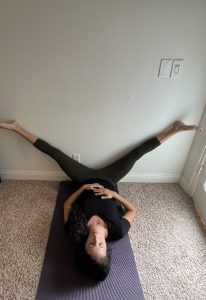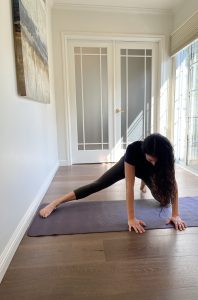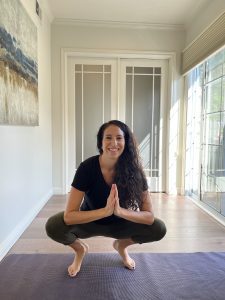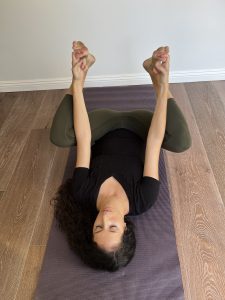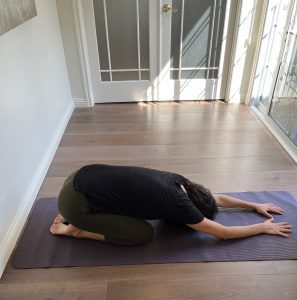How many times have you heard “just do your Kegels!” after having a baby? What if I told you that this advice, although good intentioned, might actually be wrong?
Pelvic Floor Strength
Having adequate pelvic floor strength is very important to prevent many issues that affect postpartum women, such as urinary incontinence or pelvic organ prolapse. However, an overactive, or too tight pelvic floor can also lead to pelvic floor dysfunction. In this case, Kegels are the last thing you should be doing. Kegels can make conditions worse, especially if your condition involves pelvic pain.
RELATED TOPIC: Pelvic Floor Physical Therapy – A Gift to Mothers
Too Tight
How do you know if your pelvic floor is too tight? Symptoms such as pain with intercourse or inserting a tampon, difficulty starting a urine stream, difficulty emptying your bladder, and straining during bowel movements could point to an overactive pelvic floor. The best way to know for sure is to see a pelvic floor physical therapist. But let’s find out why Kegels are not ideal for an overactive pelvic floor.
Strengthening a muscle involves a few different kinds of contractions. When you perform a bicep curl, bending your elbow is the concentric portion of the exercise which shortens the bicep muscle. Straightening your elbow is the eccentric, or lengthening portion of the exercise.
A Kegel shortens the pelvic floor muscles. But if your pelvic floor is already short and tight as you try to contract it, minimal force production will occur, limiting the pelvic floor’s ability to contract. A muscle is strongest when it is relaxed and can work through its full range of motion. A shortened pelvic floor does not lengthen which limits force production or the ability to contract.
Now think of the pelvic floor like the mesh part of a trampoline. Strong, pliable, and able to respond to perturbations. But what if that mesh is pulled too tight and you try to jump on it? You aren’t going to jump very high, and that probably won’t be very fun.
Internal Exam
Your pelvic floor physical therapist can perform an internal exam to assess the tone of the muscles and their ability to relax. If your pelvic floor PT finds that your pelvic floor muscles are too tight, they can perform manual techniques to stretch and promote relaxation of the pelvic floor.
In the meantime, here are some of my favorite breathing exercises and stretches you can do to relax your pelvic floor.
Exercises and Stretches
Diaphragmatic breathing: Lie on your back. Place one hand on your belly and the other hand on your chest. As you inhale, allow the hand on your belly to rise and the hand on your chest to remain relatively still. As you inhale, you should feel the pelvic floor release towards your feet. Exhale and return to rest. For each stretch listed below, perform 10 diaphragmatic breaths in each position as you feel your pelvic floor drop towards your feet.
Adductor wall stretch: Lie on your back with your butt as close to a wall as possible. Spread your legs into a V. You should feel a stretch in your inner thighs. Make sure this stretch is comfortable-you can adjust the angle of the V depending on how flexible you are. In this position take 10 diaphragmatic breaths. Focus on relaxing the pelvic floor towards your feet on the inhale.
Quadruped rocking: On hands and knees, place one leg out to the side. Rock back towards your heels as you inhale and rock forward as you exhale.
Deep squat: Get as low as you comfortably can into a deep squat. Perform 10 diaphragmatic breaths in this position.
Happy baby: Lie on your back. Spread your legs and wrap your fingers around your toes or ankle-whichever is comfortable for you. Take 10 diaphragmatic breaths.
Child’s Pose: Sit your butt back towards your heels as you reach towards the front of the mat with your arms. Perform 10 diaphragmatic breaths.
As always, check in with a pelvic floor physical therapist to see if these exercises are appropriate for you. But if you are experiencing symptoms that point to an overactive pelvic floor, this is a good place to start!
